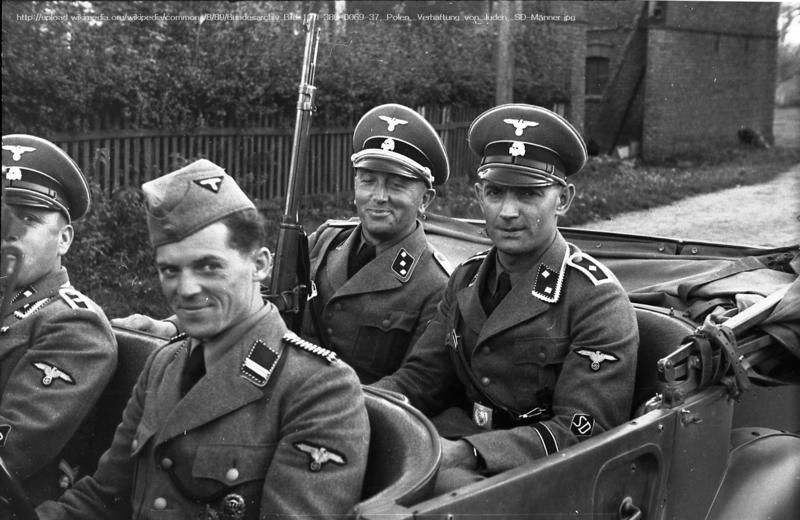Civilian Massacre during WWII
- English
- 한국어
On August 20th, 2013, Angela Merkel, the German Chancellor at the time, visited the Dachau concentration camp, marking the first visit of a concentration camp by a German leader. There, she offered flowers and bowed to the victims of the Second World War. This was her sincere apology to the Jewish people for the ethnic cleansing of German Nazism and the unforgivable cruelty of the Nazis.
During World War II, German Nazis confined 6 million Jews into concentration camps and slaughtered them in order to create justification for their power. In the camps and during transportation, many innocent people, including children and the disabled, were killed in inhumane ways, such as amputation of their sexual organs. Moreover, nearly 3000 people were murdered in gas chambers daily for human experimentation.
These kinds of civilian massacres do not apply only to German Nazism, however. Japan’s imperialists, also mainly responsible for World War II, performed similar acts that could be referred to as the “Asian Holocaust.” Though it is not as widely known as the German Holocaust, Japanese militarists also brutally exterminated many civilians in Asian countries. As an act of revenge against Koreans who opposed Japan’s colonization through the March 1st Movement, the Japanese government massacred people in Jeamri, indiscriminately slaughtering numerous Korean civilians. Japan’s Unit 731 conducted medical experiments on more than three thousand Asians. During the comparably well-known ‘Rape of Nanking,’ Japanese troops massacred and raped thousands of civilians in Nanking, China. As these examples show, damages caused by Japanese imperialism were devastating.
References
GSBC. (2013, March 13). Forgive but Never Forget – at Jeamni 3.1 Independence Movement Memorial Hall. In Gyeonggi Small Business Center. Retrieved from http://en.gsbc.or.kr/category/sub3/sub3_2_view.asp?sn=152
Furtado, P. (2012). 1001 Days That Shaped the World. New York, NY: Barrons Educational Series.
Rosenberg, J. Auschwitz Concentration and Death Camp. In About.com. Retrieved from http://history1900s.about.com/od/holocaust/a/auschwitz.htm
Untied States Holocaust Memorial Museum. (2013, June 10). Einsatzgruppen (Mobile Killing Units). In Holocaust Encyclopedia. Retrieved from http://www.ushmm.org/wlc/en/article.php?ModuleId=10005130












